In today’s fast-paced manufacturing landscape, precision, speed, and efficiency are paramount. The horizontal metal cutting band sawing machine has emerged as a vital solution for industries demanding accurate, reliable cuts of metal materials. From automotive to construction, aerospace to heavy machinery, this specialized equipment offers distinct advantages that are transforming metal fabrication workflows worldwide. This article explores the features, applications, maintenance essentials, and technological innovations driving the growing adoption of horizontal metal cutting band sawing machines.
What Is a Horizontal Metal Cutting Band Sawing Machine?
A horizontal metal cutting band sawing machine is designed with the saw blade positioned horizontally, enabling the cutting of metal stock in a straight, controlled manner. Unlike vertical saws, horizontal band saws clamp the material securely and bring the blade across the workpiece in a linear path. This configuration offers stability, precision, and the ability to handle larger and heavier metal pieces with ease.
Typically, the blade consists of a continuous loop of high-speed steel or bi-metal that rotates around two wheels. The saw’s horizontal movement, combined with a powerful motor and adjustable feed rates, allows for clean, efficient cuts across various metal shapes and sizes.
Key Features and Benefits
The horizontal metal cutting band sawing machine is favored in industry for several reasons:
High Cutting Accuracy: The horizontal design facilitates firm clamping of workpieces, vibrations and blade deflection. This ensures smooth, straight cuts with tight tolerances — essential in critical manufacturing processes.
Versatility in Material Handling: These machines can cut through a wide range of metals, including stainless steel, aluminum, copper, and hardened alloys. Whether it’s round bars, square tubes, or irregular profiles, horizontal band saws offer adaptable cutting capabilities.

Efficient Throughput: Automated feed systems allow continuous cutting without the need for manual repositioning, boosting productivity and reducing labor costs.
Long Blade Life: The horizontal setup often incorporates advanced coolant delivery systems that reduce blade heat, extending blade life and improving cutting quality.
Safety Features: Modern machines are equipped with blade guards, emergency stops, and automated shut-off systems to protect operators from injury.
Industry Applications
Horizontal metal cutting band sawing machines serve multiple industries:
Automotive Production: Used extensively for cutting raw metal stock into engine parts, chassis components, and exhaust systems with consistent precision.
Construction and Structural Fabrication: Ideal for preparing steel beams, pipes, and reinforcing bars used in buildings, bridges, and infrastructure projects.
Aerospace Manufacturing: Cutting aerospace-grade alloys and titanium with high accuracy is made easier with horizontal band saws, meeting stringent quality standards.
Metal Fabrication Shops: Custom metal parts production benefits from the versatility and efficiency offered by horizontal band saws.
Heavy Equipment Manufacturing: From agricultural machinery to mining equipment, large metal parts require the reliable cutting power of horizontal band saws.
Maintenance Practices for Longevity and Performance
To maximize the value of a horizontal metal cutting band sawing machine, regular maintenance is crucial:
Blade Inspection and Replacement: Daily checks for blade wear, cracks, and dullness help avoid poor cuts and machine damage. Replace or sharpen blades as necessary.
Proper Blade Tensioning: Maintaining correct blade tension prevents slippage and uneven cutting.
Coolant Management: Regularly refill and monitor coolant levels. Periodic flushing of the coolant system prevents clogging and contamination.
Lubrication of Moving Parts: Greasing guide bearings, rollers, and drive components reduces wear and ensures smooth operation.
Alignment Checks: Ensure blade wheels and guides remain properly aligned to prevent blade drift and improve cutting accuracy.
Safety System Testing: Frequently test emergency stops, guards, and sensor systems to ensure operator protection.
Technological Advancements Driving Industry Adoption
The horizontal metal cutting band sawing machine industry is evolving with technological progress:
CNC Integration: Computer numerical control allows precise automation of cutting lengths, angles, and feed rates, reducing human error and increasing repeatability.
Smart Diagnostics: Embedded sensors monitor blade condition, motor load, and machine vibrations, enabling predictive maintenance and downtime.
Energy-Efficient Motors: Modern machines feature energy-saving motors that lower operational costs and environmental impact.



 english
english Русский
Русский Español
Español Русский
Русский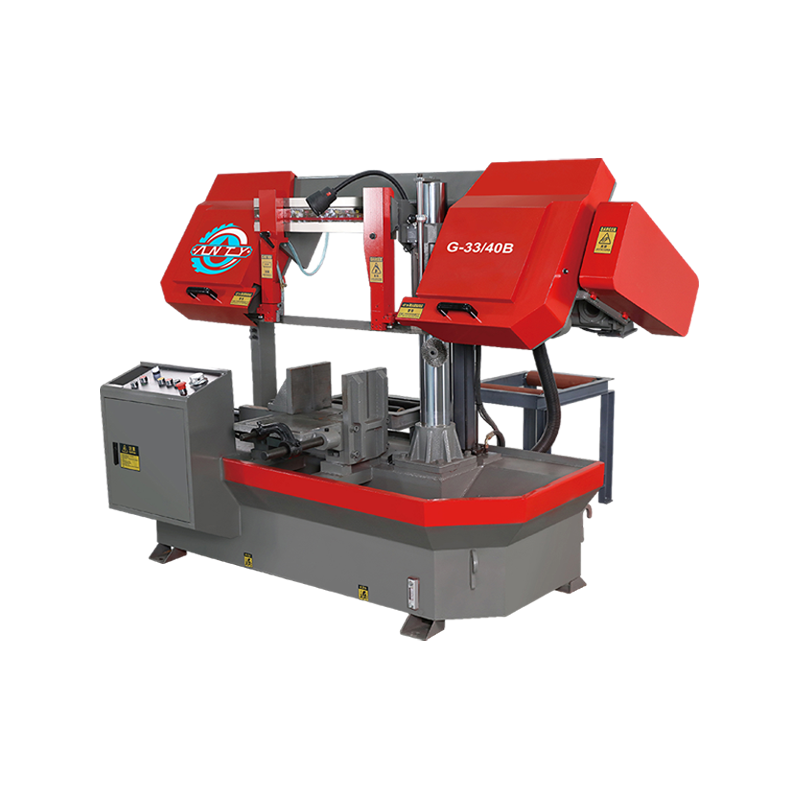
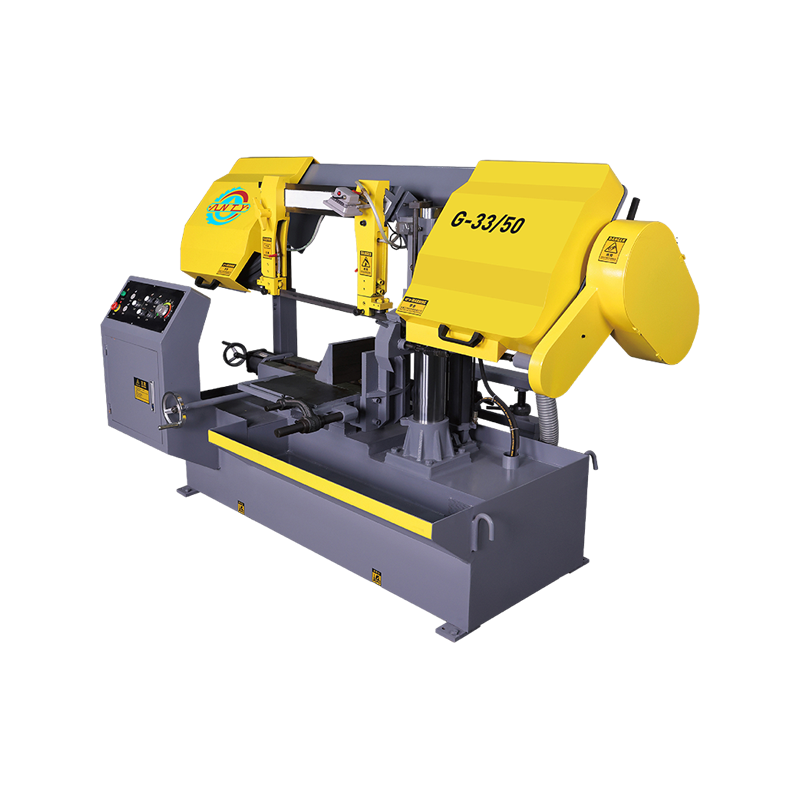
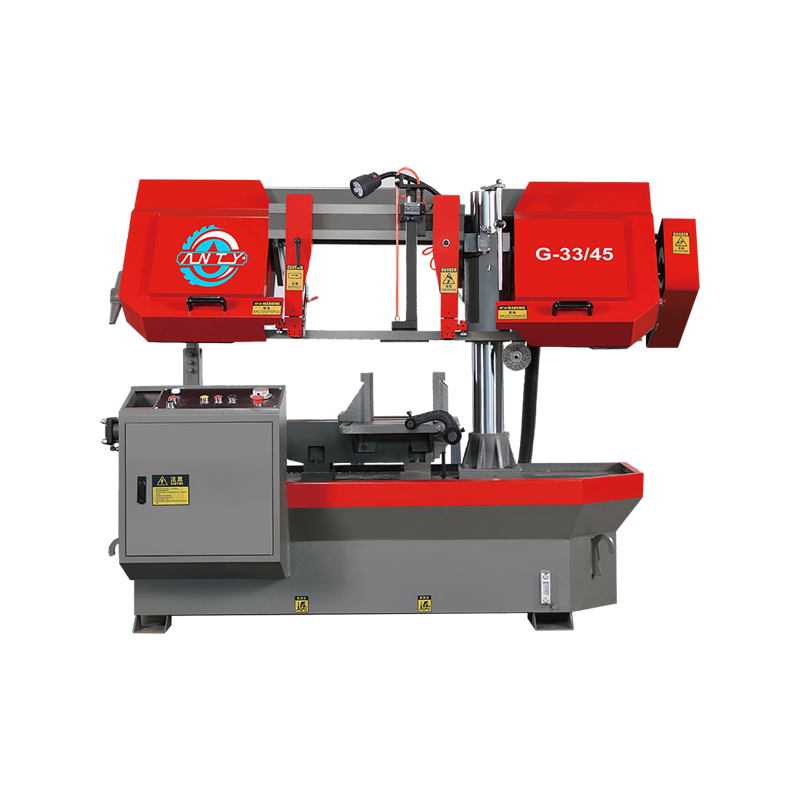
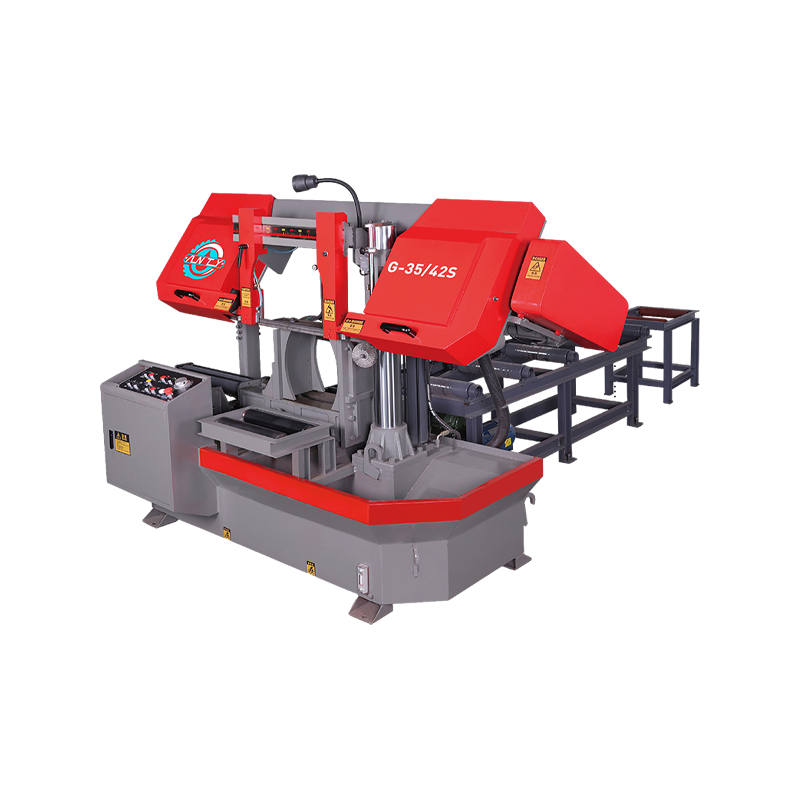
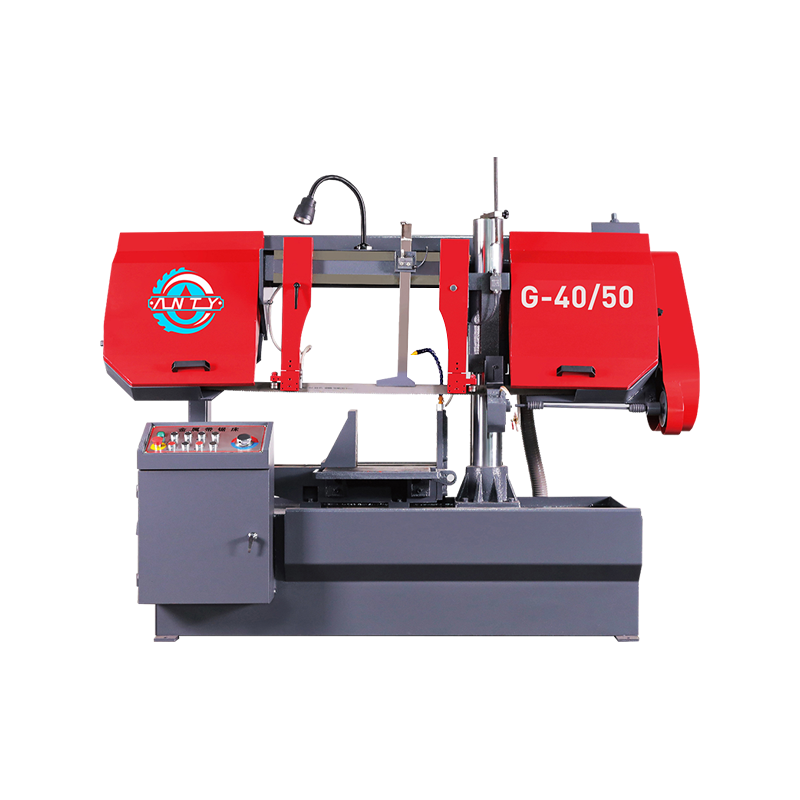
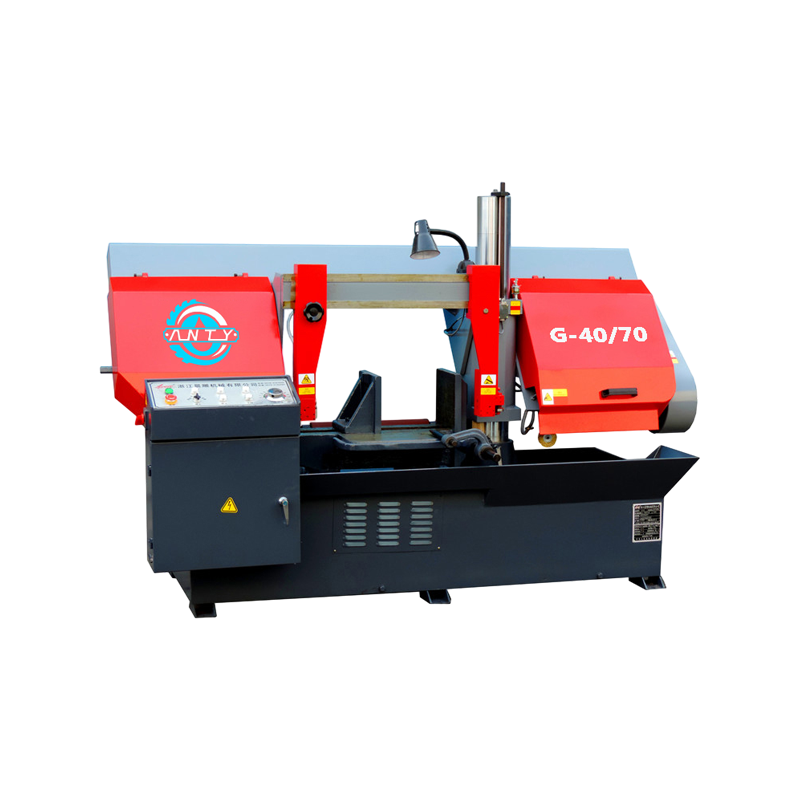
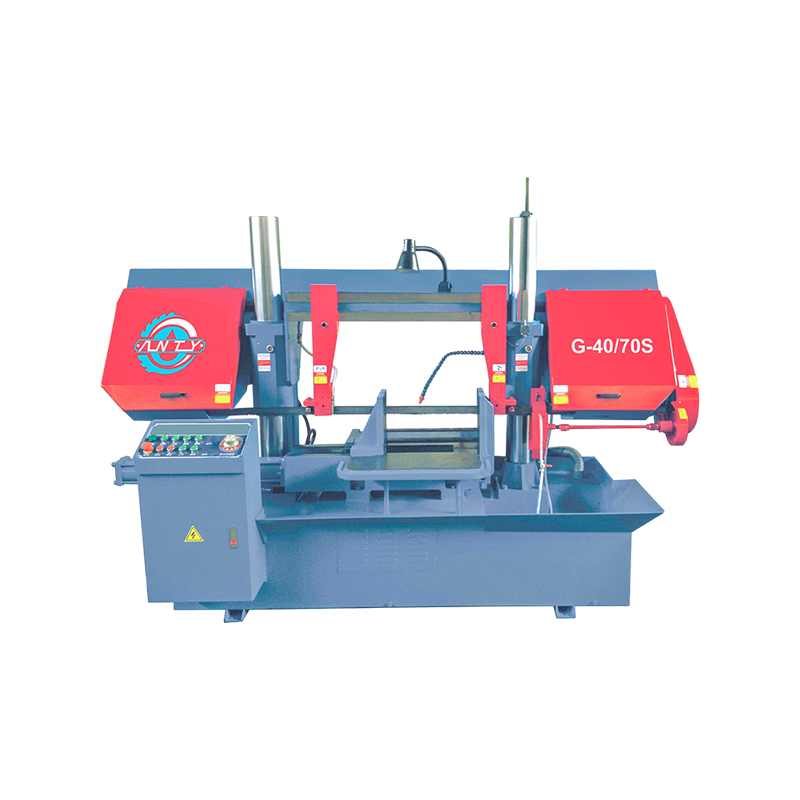

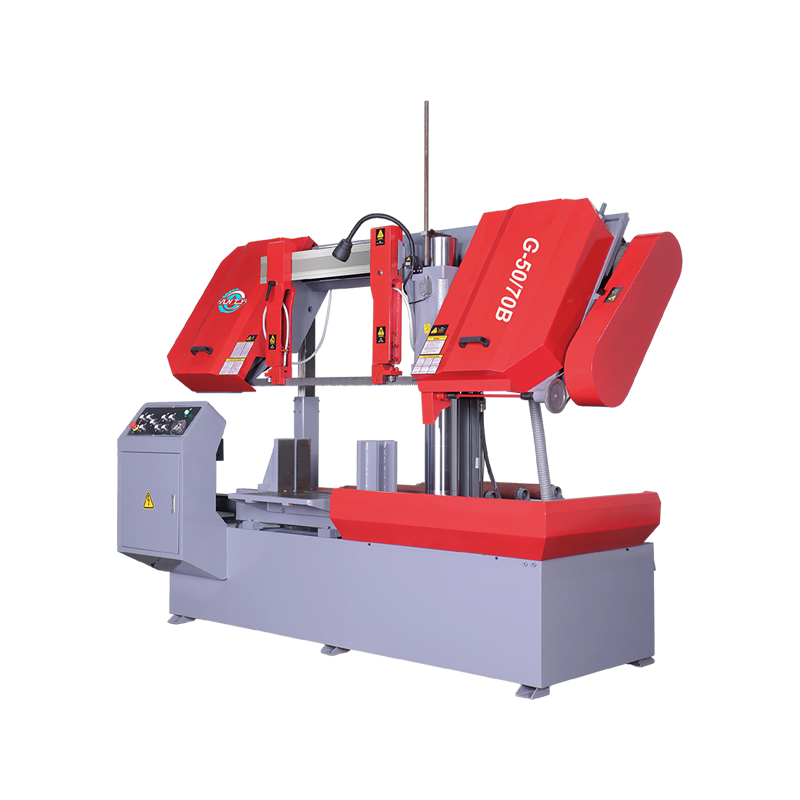
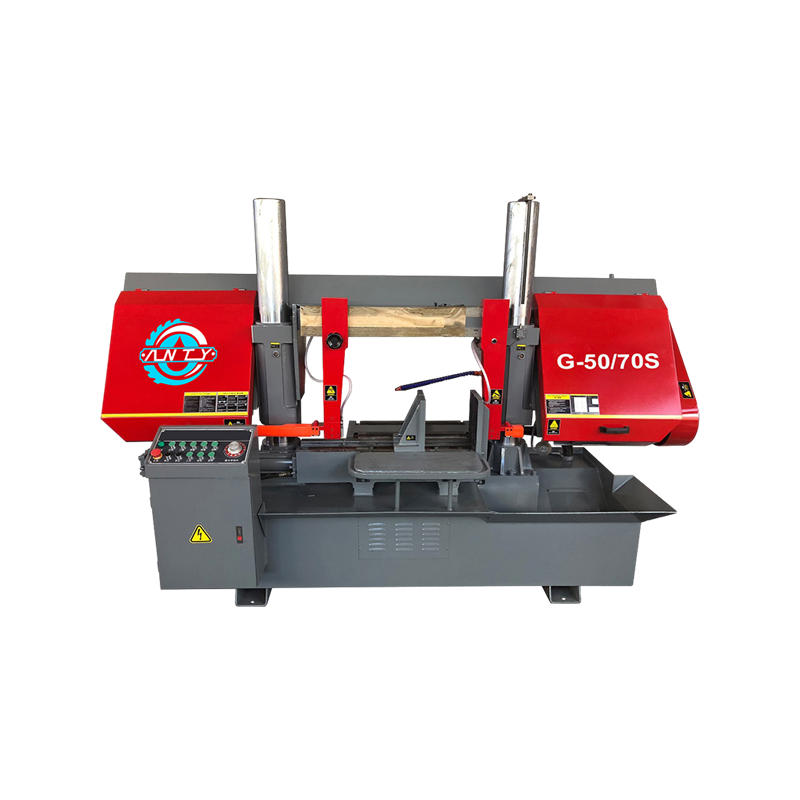
 CONTACT US
CONTACT US